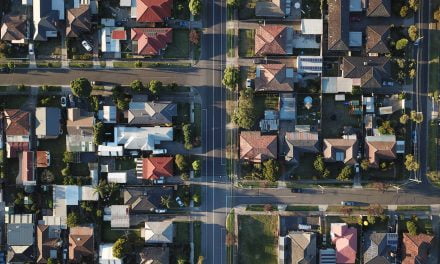Private bank operating profits totaled $21.6 billion in the second quarter of 2010, up from $18 billion in the first quarter. Conversely, the Federal Deposit Insurance Corporation (FDIC) listed 829 lenders in danger of failure due to upside-down balance sheets — up 7% from 775 in the first quarter.
311 banks are listed on the FDIC failed bank list for the past 11 years. Of those banks, 33 were in California. Today, an average of seven banks are being closed and reopened — absorbed — nationally each week in 2010. The average in 2009 was three weekly.
118 banks have been closed so far in 2010, compared to 140 in all 2009.
first tuesday take: California community banks are being pushed over by the FDIC and absorbed by bigger banks higher up on the food chain as our community banks are unable to muster the political clout needed to become solvent without government aid. Competitive rates and fees made available by a plethora of smaller community banks is fast disappearing, lost to the mindset of propping up those insolvent banks “too big to fail.”
Big banks are making a disproportionate share of new real estate loans — the direct consequence of keeping their heads above water with government aid while sacrificing the vitality provided by smaller rivals. When much of the small-bank competition is eliminated or weakened, homebuyers will be left with fewer lenders to shop and their ability to bargain for lower loan fees will be (and is now in the process of becoming) compromised. [For more information regarding loan costs, see the August 2010 first tuesday article, The good faith estimate is meant for shopping around.]
Steering government aid towards a small number of large banks perpetuates unequal treatment of community banks by the government’s rescue programs, and leaves many in the political gun sights of the FDIC. Worse, the longer the insolvency of larger banks is delayed, the greater effect the lack of competition will have on homebuyers, and worse, the pace of recovery in the real estate market.
If we want a faster real estate recovery, we need to break up larger banks sooner rather than later, unlike the dilatory posture taken by Japan and Mexico following their early 1990s financial crises. Most of all, it is in the homebuyer’s best interest to break up the giant banks and encourage fierce competition for lower loan costs and more efficient processing.
These bank giants are zombies — only functioning so long as the government is willing to prop them up by phony asset valuation and zero-interest funding.
Re: “More lenders at risk, others see profit growing” from the San Francisco Chronicle



















Very informative… if only the “general pubic” knew how important it is to keep the banking industry competitive with more choices for the consumer…. It will eventually be fewer banks to choose from and borrowers will be at the mercy of fewer and fewer lenders… The Pacific Northwest is showing more and more homes on the “short-sale” market than 5 years ago when I drove though many neighborhoods from Eugene, Portland, Woodburn, Yakama, Kent & Seattle…Let’s hope that the economy wil muster up more jobs so that the real estate will everntully “stabalize.” Thanks First Tuesday for the UP TO DATE information for Realtors and the general public…